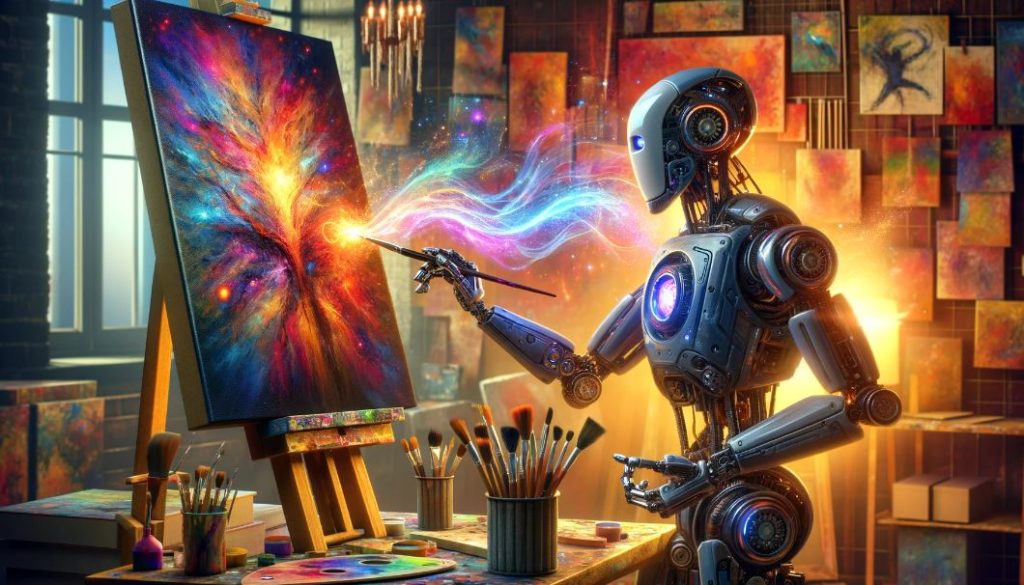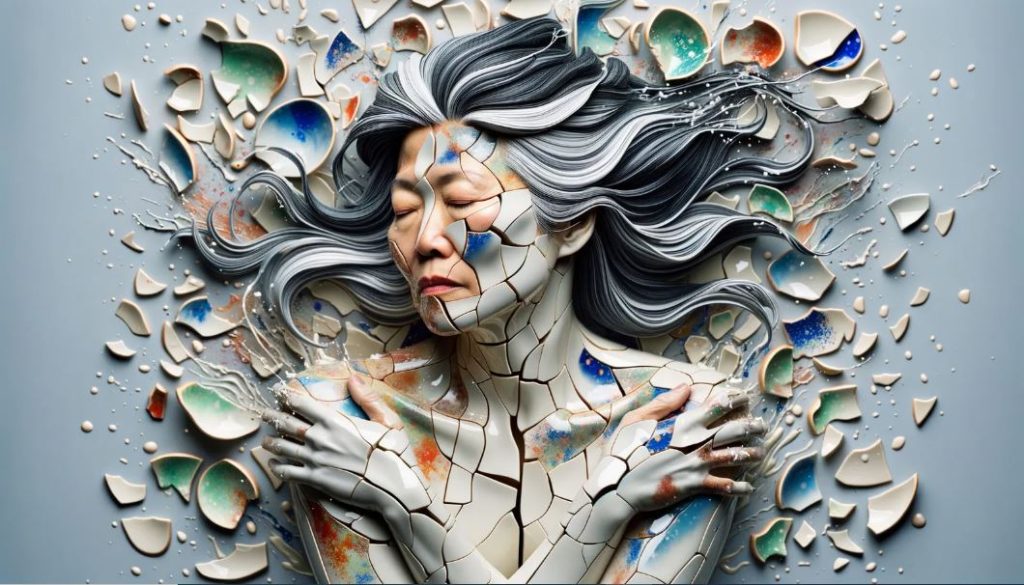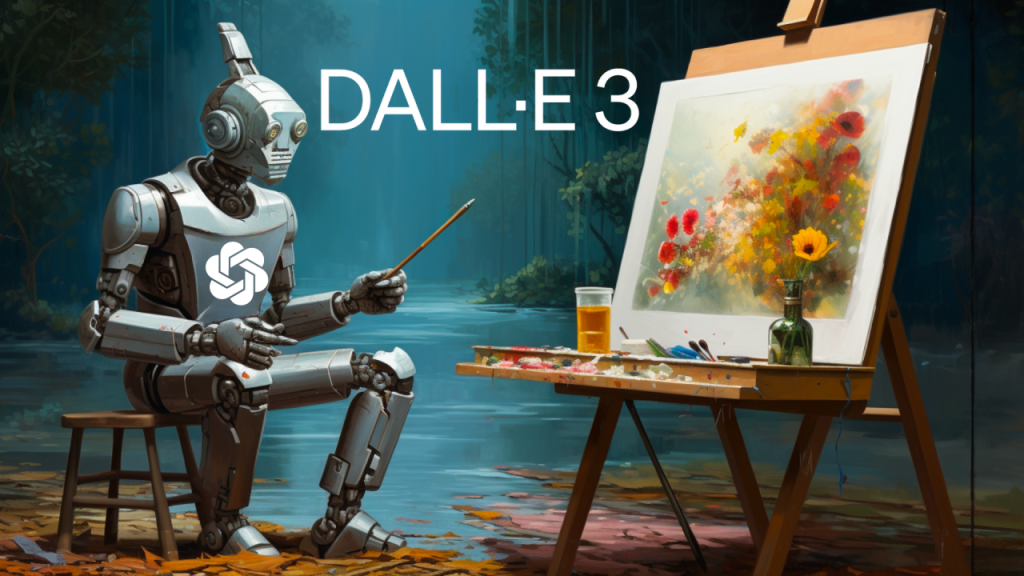The advent of the text-to-image generator DALL-E has renewed interest in the question: can AI match or even surpass iconic artists like Salvador Dalí? DALL-E demonstrates astonishing technical prowess in synthesizing images from text prompts. Yet Dalí’s surrealist paintings reveal the complex depths of human creativity and imagination. This essay will examine both sides of this debate by analyzing DALL-E’s capabilities, Dalí’s artistic genius, the role of human intentionality in art, the limitations of algorithms, and the future coexistence of AI and artists.
DALL-E: Pushing the Boundaries of AI Art
DALL-E, created by AI research laboratory OpenAI, utilizes a deep learning technique called diffusion models to generate images from text captions. On a technical level, it far surpasses predecessors like Google Deep Dream in its ability to create coherent, realistic images encompassing multiple concepts expressed in textual form. Its output reveals a sophisticated grasp of spatial relationships, lighting, texture, symbolism and more – all without any human involvement beyond the initial prompt.

In its best examples, DALL-E combines concepts in eye-catching, provocative ways reminiscent of Surrealism. For instance, its hybrid of mushroom clouds in the shape of flamenco dancers has an unsettling, striking potency – not unlike Dalí’s iconic melting clocks. In terms of rendering intricate details, DALL-E also mimics classic artistic styles from portraits to landscapes with aplomb. Overall, it represents a massive leap in narrowing the gap between AI capabilities and human artists.
However, while its technical skills are impressive, some argue that DALL-E lacks deeper creative purpose and intentionality. Its images maintain an eerie, depthless quality due to the absence of experiential human insight. Yet this critique does not dampen the sense that AI art generators are rapidly advancing into creative territory once considered definitively human.
The Artistic Brilliance of Salvador Dalí
Surrealist icon Salvador Dalí redefined art in the 20th century with his fantastical, dreamlike paintings that explored themes of the subconscious, decay, and quantum physics. Works like The Persistence of Memory, with its melting pocket watches in a barren landscape, connect powerfully with viewers by capturing the intrinsic strangeness of measuring time as a human construct. Beyond technical skill, Dalí’s paintings reflect his deep insights into science, the inner mind, and what it means to exist as a mortal being.

Motivating this body of work is Dalí’s desire to reveal reality as multi-layered, irrational and fragmented – contrary to Enlightenment values of order, logic and classical realism. His commitment to mining the depths of the human psyche comes across vividly in the mystery and emotional punch of his paintings. They exhibit mastery not only of form, but also of conveying complex philosophies non-verbally through symbols tuned carefully to resonate with our instincts and subconscious desires, fears, and longings.
Unlike DALL-E’s images – created algorithmically from statistical patterns in data – Dalí’s art stems from a living matrix of experiences, obsessions, and deep reflection unique to that individual. The complex interplay of intentionality, skill, and personal vision is nearly impossible to digitally encode or replicate without losing the spark of creative consciousness shaping every brush stroke. For many, that ineffable human signature at the genesis of great art ultimately separates Dalí from even the most skilled AI imitators.
Intentionality in Art: Man versus Machine
The contrast between Dalí’s intensely personal artistic visions and DALL-E’s impersonal algorithmic processes speaks to the question of intentionality in art. What does it mean to create meaningfully versus merely generating permutations? This links to deeper philosophical questions of what constitutes understanding and intelligence.
Skeptics argue AI systems like DALL-E, while skilled in parsing data for patterns, operate purely through statistical associations rather than reason rooted in embodied experiences essential for deeper comprehension. Unlike human learning, DALL-E cannot actively pose questions about the world and incorporate new insights over a lifetime. Its knowledge is restricted to finite training data which determines the patterns it blindly replicates ad infinitum without a spark of curiosity or creative growth.

These limitations call into question AI’s capacity to ever intentionally shape perceptions through art. Dalí’s paintings, meanwhile, clearly aim through emotional resonance, shock, and symbolic juxtapositions to expose truths about reality that he passionately wished to unveil for philosophical reasons integral to his artistic purpose. Such vision and intentional creative messaging seem beyond AI systems constrained to extrapolate from pre-set knowledge boundaries with no aspirations independent of server owners’ objectives.
The Limits and Risks of AI Art Generators
Critics also highlight more practical limitations of AI art technology, even as it continues advancing rapidly. While DALL-E represents a breakthrough in generating coherent, detailed images from text, it still stumbles reproducing very fine textures faithfully. There is also a lack of consistency in image quality, with bizarre flaws frequently cropping up that betray its artificial origins. Seamlessly mimicking human versatility and technical proficiency may remain distant goals for even the optimists.

There are also calls for caution regarding the societal impacts of normalized AI art generation. Mass production of images and potentially music or literature through AI risks devaluing professional artists and flooding markets, raising economic sustainability questions that technology companies have mostly avoided grappling with thus far. More ominously, the same neural networks powering DALL-E could enable proliferating misinformation or even non-consensual pornography as the capabilities advance. Strict regulation of ethical risks seems warranted, though enforcement poses its own challenges.
The Future Synthesis of Artificial and Human Creativity
Rather than positioning AI art as a direct threat to human artists though, the most balanced perspective embraces both, highlighting complementary strengths. AI generators can assist professionals – like a photography assistant managing equipment for an acclaimed artist – saving them time on repetitive tasks to focus creative energies elsewhere. Viewed cooperatively, with the unique imaginative sparks coming from people steering the generation process ethically, artificial intelligence can expand rather than constrain creative possibility.
In coming decades, interactive fusion between computerized tools and human insight may dominate art fields, from music producers using AI to rapidly synthesize rhythms and textures tailored to their desired mood to filmmakers utilizing virtual production. Democratization by making such cutting-edge digital capabilities widely available could also inspire more people to develop their innate creativity through emerging platforms.

Ultimately, the answer to whether AI can match timeless artistic geniuses like Salvador Dalí is less black-and-white than about celebrating human imagination as the guiding force to harness technological progress through ethical channels for the enrichment of global culture. Rather than replacing artists, man and machine seem poised for creative coexistence as more symbiotic partners, actualizing cultural priorities. With responsible development, the future promises to be a provocative next chapter rather than the coda of cultural innovation as we know it.
Copyright©dhaka.ai
tags: Artificial Intelligence, Ai, Dhaka Ai, Ai In Bangladesh, Ai In Dhaka, USA



